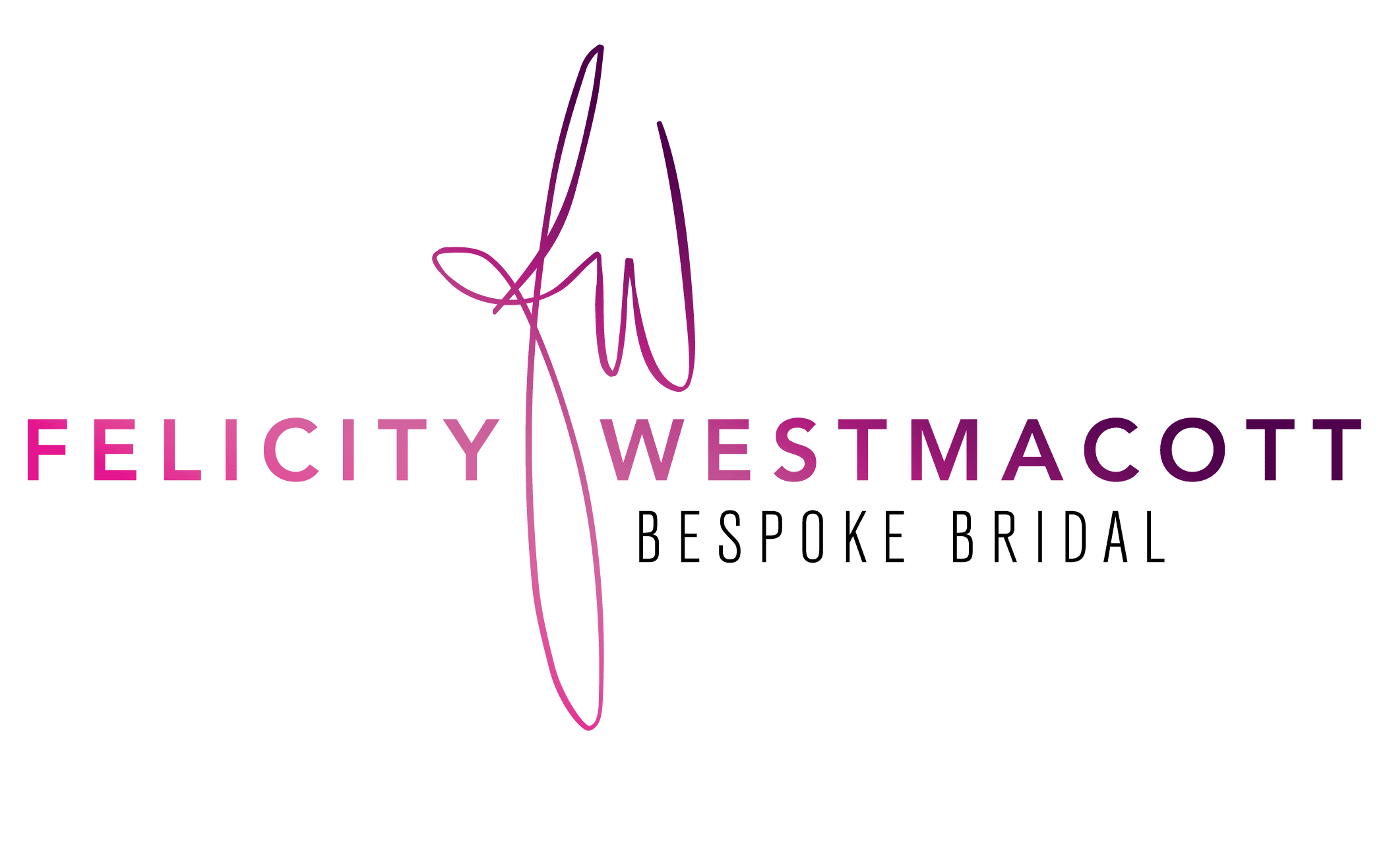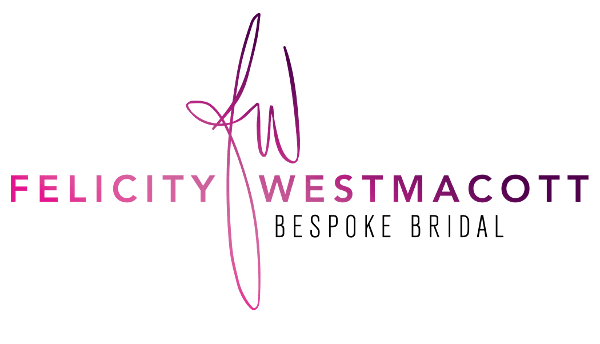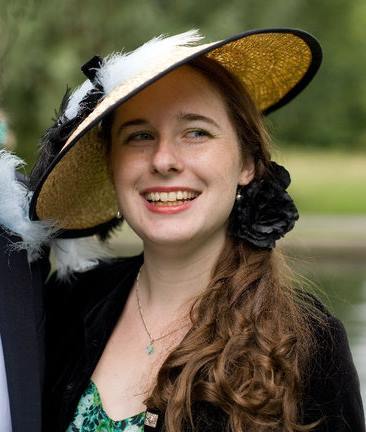and other useful dying facts…
The cost of dying a wedding dress might be £300-£1000 (updated Jan 2023). Much depends on the style and fabrics of the dress in question, the end result required (a dipdye is a lot less work than dying the whole dress) and the skill and charges of the dye-person. A professional dye technician or specialist company with better set-up is likely to charge a lot more than a hobbyist.
How much does it cost to dye a wedding dress?
Please note that I do not offer a wedding dress dyeing service, these articles are advice only. I will colour dresses for a dipdye effect (but I do not use a dye, I spray them) and I will dye fabrics before they are sewn to make bespoke dresses, but I can’t immersion wet-dye a shop bought wedding dress.
To understand better why I don’t dye wedding dresses read more dyeing facts below!
What is Dyeing?
Dyeing is the process of changing the colour of a fibre by immersion in a liquid pigment. Dyeing chemically changes the fibre’s colour reflective properties at a molecular level. This contrasts with painting or printing which is when someone applies a layer of coloured ink or paint to the surface. If I paint or print fabric the colour does not necessarily penetrate through the whole fibre. You can look at the back of painted or printed fabrics to see that often the back is still the original colour; but when dyed the whole fabric changes colour evenly.
A dip-dye look is achieved by dipping only part of the fabric or garment into the dye-vat. Another popular method is tie-dye, which when is when you roll up the fabric or wrap it with strings to block out the dye from certain areas and make patterns. There are many tutorials for these techniques online.
How are fabrics Dyed?
Dye pigment is dissolved in (usually very hot) water and the fabrics or fibres to be dyed are immersed and agitated under the surface to ensure the whole surface is evenly exposed to the dye. This can be for minutes only for a pale colour, or up to an hour for deeper shades. A ‘mordant’ or fixer is always needed to ensure the dye properly, chemically, attaches to the fibre to make the colour ‘fast’ (think of this word as connected to ‘fasten’, as in ‘make attached’). Commonly used home dye mordant chemicals include vinegar, detergent and salt. This dyeing process is usually done in factories before the materials are made into garments, but you can also dye sewn items like trousers, t-shirts or even a wedding dress at home using home-dye kits.

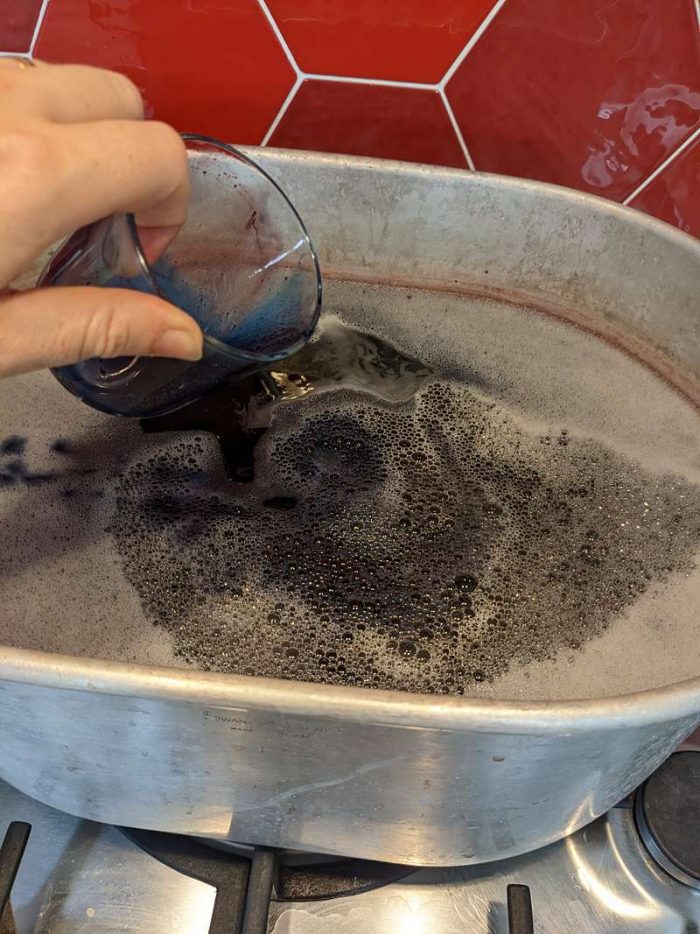
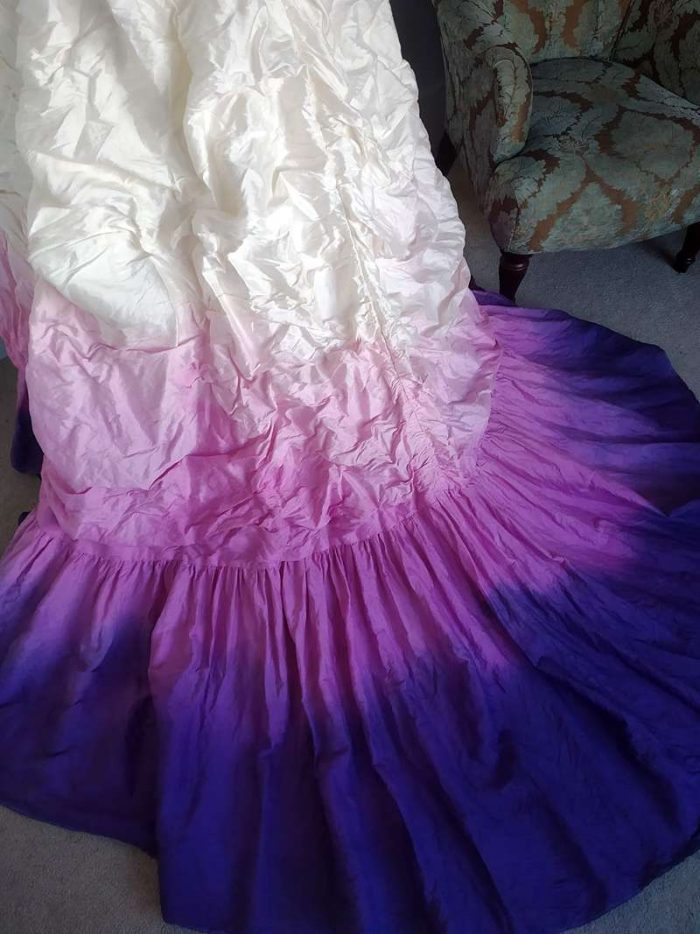
Dyeing fabric verses dyeing sewn garments.
Dye technicians might dye already sewn garments (called piece dyeing) if they want to choose specific dye placement for that garment, like a tie-dye or dipdye effect. But otherwise it is always best to dye fabric before it is sewn.
It is much more difficult to dye a garment that already exists than to dye plain fabric. Most fabrics are dyed in an industrial setting. They can be coloured while they are still just fibre/yarn or after being knitted or woven into fabric. The heat and chemical reactions of the dye process can change the material’s texture, size and weight so for a controlled product it makes more sense to dye the materials and then create the garment.
Where do dye chemicals come from?
Many naturally occurring substances will dye fibres and people have been using these for thousands of years to dye their clothes. But the colour range from natural dyes is limited and many are not very ‘fast’ – which means they fade and wash out easily. In the 1850’s synthetic dyes were accidentally discovered and it quickly boomed into a huge industry with hundreds of never before possible shades being available. There were still problems with making the colours ‘fast’ but over the last 175 years more and more colours and better methods of dyeing have been discovered. Red is still a notoriously difficult colour to make ‘fast’, and so the red sock in the white wash joke strikes a cord even now!
Why manmade/synthetic fibres don’t dye well.
Natural fibres like cotton, silk and wool occur in nature, we harvest them from plants and animals and spin the fibre into thread before weaving or knitting those threads into fabric. Man-made fabrics are made from oil, essentially they are all made of plastic. Natural fibres are porous and dye easily, synthetic fabrics don’t. When working out “How much does it cost to dye a wedding dress” you will need to know the fibre content of your dress to make sure the correct chemicals are used.
Dyeing natural fabrics
Even natural fibres have subsets requiring different dye chemicals. Fibres from plants like cotton, linen and bamboo are cellulose fibres, in contrast animal fibres like silk and wool are made of protein. The dyes for cellulose do affect protein fibre too and vice versa but much less effectively. For example a navy blue dye for cotton will only dye silk to a pastel blue. Home dye kits ‘for any fabric’ have a mix of dye chemicals in the box, (cellulose and protein dyes) so whatever fabric you put in you should get a similar result.
Dyeing Synthetic/manmade fabrics
Manmade fibres are made from plastic. Imagine dipping a wooden spoon and a plastic spoon into ink, the wooden spoon will soak up the colour, but the ink will just run off the plastic spoon leaving it as it was. Synthetic fabrics are the same, as they are plastic the colour simply doesn’t penetrate their surface.
Until recently man-made fabrics could only be dyed when the plastic was still in a liquid, molten state. The molten plastic with dye chemicals added is pushed through a spinneret (like a colander with tiny holes) to create long thin threads that are then cooled and hardened ready to be spun and woven into fabric. The first non-industrial dyes for polyester were invented in 1987 and became available for home dye kits around 2000.
A dyeing service can now theoretically offer to dye dresses made from man-made fabrics but it is still more difficult than natural fibres. The process requires a very high temperature to work which is not good for delicate, tailored garments.
Types of Dye and Mordants
Natural Fibre dyes
- Cotton, linen and bamboo are grown and harvested from plants. Their fibres are made of cellulose. The most common dye for cellulose is called a ‘direct dye’. Dylon are the best known brand and sell their products for use on the stove top or in the washing machine, often with the salt-mordant included inside the pack.
Mordant: table Salt - Viscose is a hybrid manmade/natural fibre. It is made from wood pulp so it is a cellulose fibre though it is processed like a synthetic. Direct dyes will colour viscose well.
- Silk and Wool are grown and harvested from animal origins. The fibres are made from protein, just like our own hair and nails. You will need ‘acid dyes’ to dye protein based fabrics. Jacquard dyes are a good brand and can be bought from many online retailers. Feathers and fur are also protein fibres and can be dyed the same way.
Mordant: white vinegar

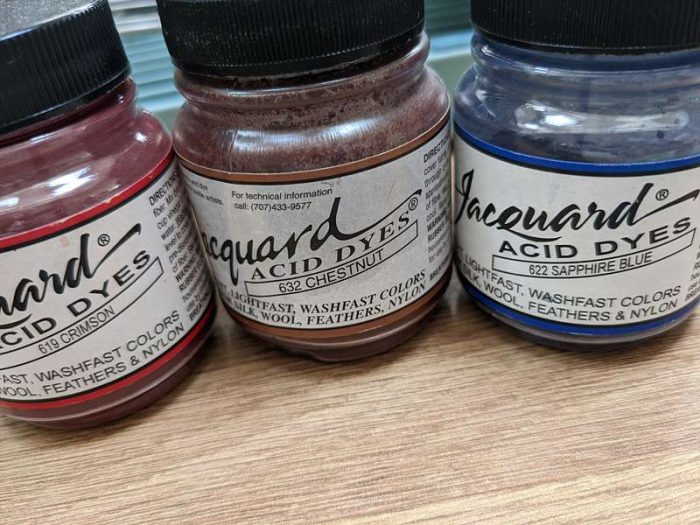

Synthetic Fibre Dyes
- Nylon is one of the oldest synthetic fibres and can also be dyed with acid-dyes as above.
- Polyester, acetate and acrylic are true synthetics, plastic based. They can be dyed at home using products like iDye and Rit DyeMore. You can’t achieve very dark or deep colours as those are only possible on these fibres when they are still in their molten liquid form at the factory, before being made into threads.
Mordant: dish detergent
What are the alternatives to dying my wedding dress?
If the answer to “how much does it cost to dye a wedding dress” is “too much”, whether in money or risk there are alternatives. These include head over to this article to read in more detail.
